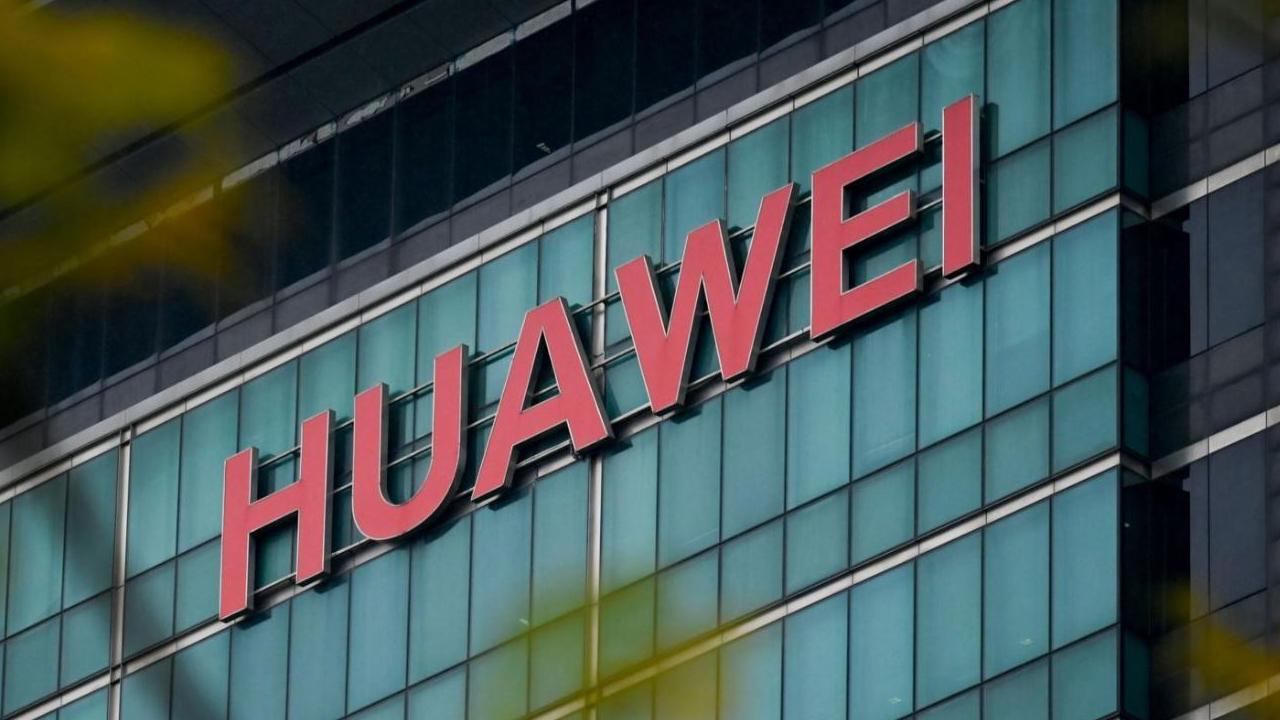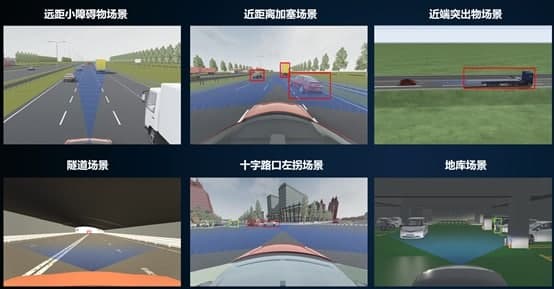Technology
Huawei releases a new range of advanced lidar smart car solutions

Recently, the China Association of Automobile Manufacturers held the ‘T10 ICV CTO Summit’ in Shanghai. In the presence of the General Manager of Huawei’s Converged Perception Products Department, Huawei has officially released automotive-grade high-performance lidar products and solutions.
The company has also officially introduced that Huawei’s smart car solution lidar has several advantages in comparison to millimeter-wave radar and cameras including light stability, general obstacle detection, as well as the angle and target contour measurement. Adding to this, the lidar is instantly required to solve some complex situations such as non-standard roads, non-standard pedestrians, and non-standard driving behavior in urban areas.

Furthermore, electric passenger cars and crossovers maker in China, Arcfox has recently announced that Polar Fox HBT will also be equipped with three types of lidars including a 96-line medium and long-range, a 6 millimeter-wave, and 13 ultrasonic radars. It also comes with 12 cameras, and Huawei chips with 352 Tops of computing power.
However, Huawei has begun pre-research on lidar products and mass production will be successful in 2020. The company has also developed an intelligent cleaning system and an intelligent heating system for passenger cars.
Besides, Huawei has completed the installation of the first pilot production line of automotive-grade lidar by taking advantage of the accumulated precision manufacturing capabilities and advanced technology equipment laboratory in the optical communications field. It will meet the demand for mass production of millions of units, according to the annual output of 100,000 sets/Line advancement to meet future mass production needs.
| Source |
Also Check:
Huawei 1+8+N Strategy: Smartphones, Smart Devices and Smart Ecosystem







